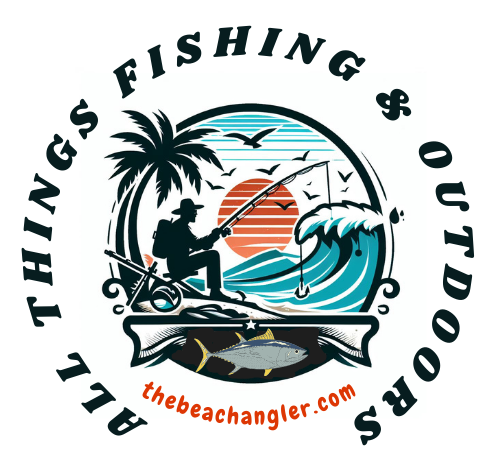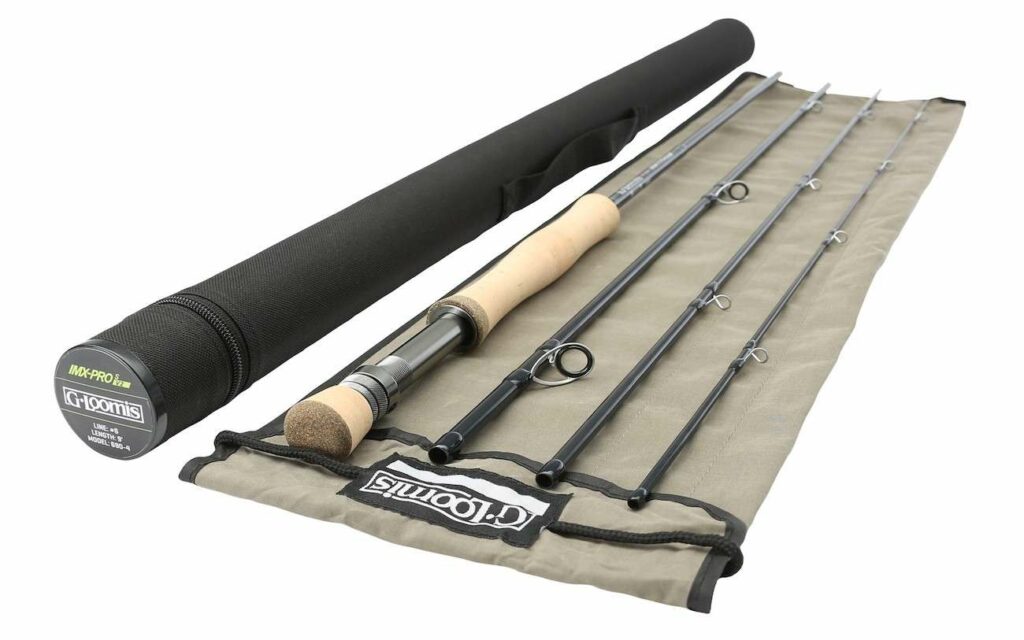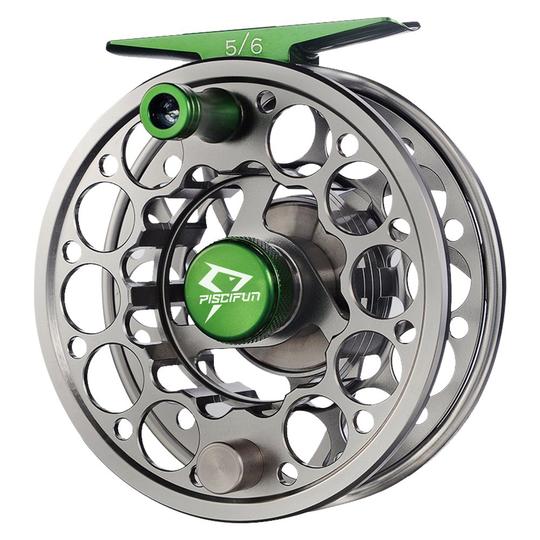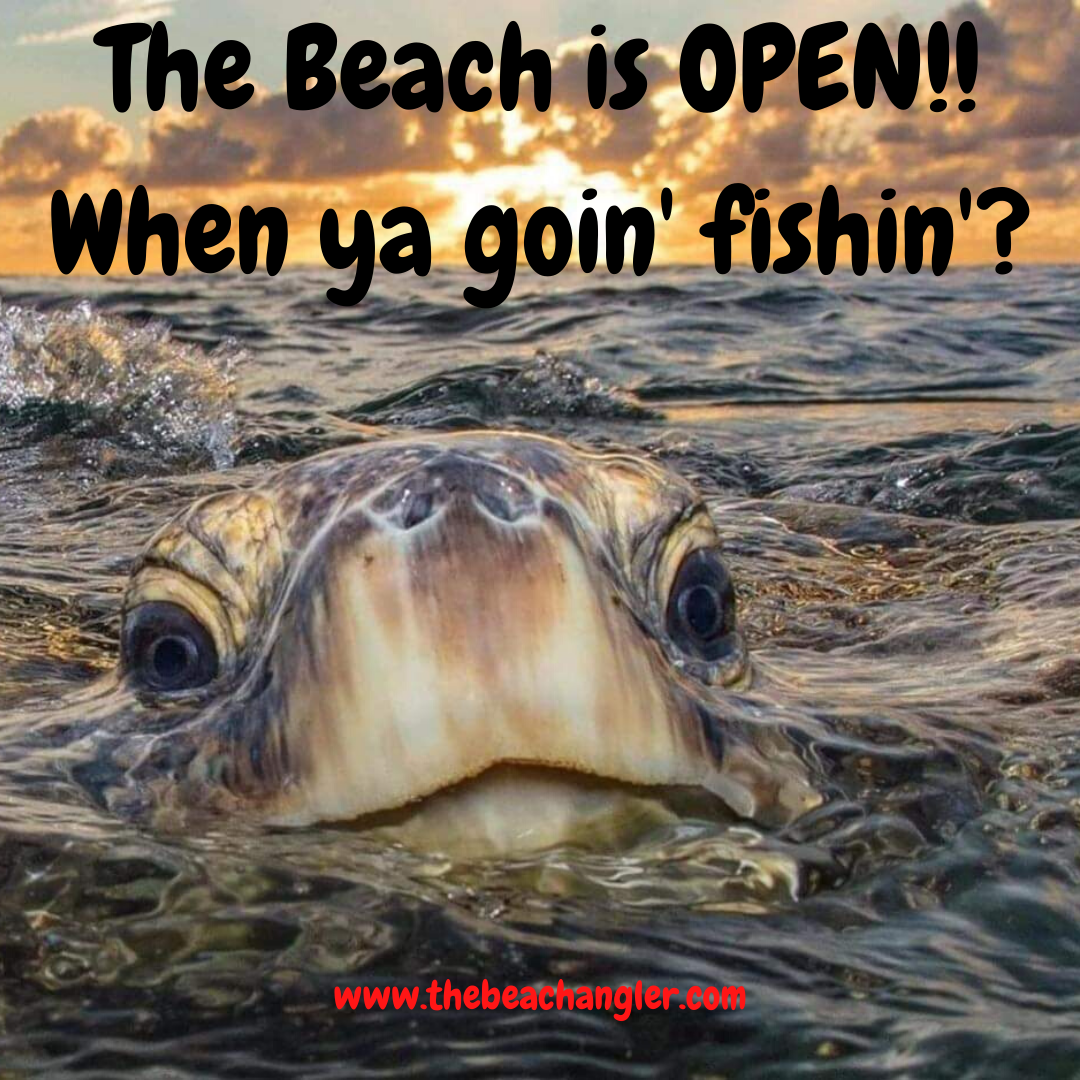Saltwater fly fishing has grown in popularity among those who enjoy challenging and rewarding outdoor experiences. I have found that targeting fish in the open ocean requires a unique combination of skills and equipment.
QUICK LOOK
- Mastering Casting Under Changing Conditions: I have learned that adjusting my casting technique to suit varying wind conditions can significantly improve the accuracy of my fly. Changing my grip and the force behind my cast helps ensure that the fly lands gently, even when the wind picks up.
- Fine-Tuning Fly Presentation: I spend time working on how I deliver the fly, ensuring that it moves naturally with the water current. Experimenting with different retrieval speeds and casting angles has elevated my ability to mimic the natural movement of insects or bait. This subtle variation often convinces even cautious fish to strike.
- Adapting Fly Patterns as Needed: While I might start with standard patterns, I have found that modifying flies with different materials can sometimes draw more fish. Small adjustments to the fly’s structure or weight may step up its performance in different water conditions. Choosing the right fly at the right time is a skill honed through experience and careful observation.
- Gear selection is another aspect that deserves attention: I always choose reels made of corrosion-resistant materials because saltwater conditions can be tough on equipment. A reel with a strong drag system is vital when battling large and powerful fish, ensuring that I have the control necessary for a successful fight.
- Managing the fishing line is also really important: In saltwater conditions, long casts may require storing extra line on a stripping basket. This keeps the line organized and helps prevent tangles during windy spells.
The techniques differ from those used in freshwater environments, so understanding these methods can really step up your chances of success on the water. I’ve been fly fishing for over 50 years now, so let me share my thoughts and experiences on saltwater fly fishing with you.
Core Techniques in Saltwater Fly Fishing
This style of fishing focuses on precision and adaptability. I learned that methods like sight fishing and precision casting are essential. Sight fishing involves visually locating the fish from the shore or from a boat. This allows me to plan a cast that moves past obstacles and reaches the target area. Often, the light and water conditions require that I adjust my approach to cast accurately.
Wind also plays a significant role when fishing in saltwater. I have had to develop a keen sense of how wind direction affects the flight of my fly and the trajectory of my cast. Managing wind means that I sometimes need to alter my casting technique to avoid sending the fly too far from the intended spot.
Presenting the fly correctly is another core skill in saltwater fly fishing. I learned that presenting the fly so it appears natural can be the difference between a successful catch and a missed opportunity. The key is to keep the fly moving with the flow of the water and to maintain a smooth, natural presentation that does not spook the fish.
General Saltwater Fly Fishing Methods
Mastering several techniques can help any angler gain confidence on the water. I often use a mix of methods that prove effective depending on the situation. These methods include quick casts and a subtle stalking approach when I am lining up my shot.
Quick casts allow me to deliver the fly rapidly to a moving fish. This is very important when the target is cruising at a fast pace. When the situation calls for it, the quick cast gives me the chance to present the fly in the right place at the right time.
In shallower areas, I sometimes find that a stalking approach works best. This technique involves subtle, gradual movements so that the fish do not become aware of my presence. I carefully position myself and approach slowly before making a precise cast toward the target.
One maneuver I have found helpful when a fish strikes is known as strip-stripping. After the fish takes the fly, I swiftly strip line to set the hook effectively. This maneuver boosts my chances of controlling and eventually reeling in the fish. I also use beefier tackle in saltwater, typically opting for an 8-weight or heavier rod that can handle the force of larger species.
Specialized Techniques for Various Saltwater Species
A variety of fish species are targeted in saltwater fly fishing, each requiring its own set of patterns and techniques. Over time, I have adapted my methods for different species to step up my overall success rate.
- Redfish: I use poppers and clousers to mimic the natural motion of prey. These flies trigger feeding instincts and provide a lifelike presentation that attracts redfish.
- Snook: Snook are known for their strong runs and powerful strikes. When targeting snook, I sometimes opt for patterns such as deer-hair bugs or shrimp imitations to appeal to their natural feeding habits.
- Striped Bass: For striped bass, I have found that flies like deceivers and whistlers work well. These patterns imitate small baitfish, triggering the predatory instincts of striped bass in coastal areas.
- Tarpon: Tarpon present a different challenge because of their size and strength. I have experimented with flies such as tarpon tapas and toads, which provide an enticing look to these massive fish.
Adapting the fly patterns to match the local forage is something I have refined over time. Knowing the habits of each species and adjusting the presentation accordingly makes a significant difference in catching fish in varied environments.
Other Essential Considerations
There is more to saltwater fly fishing than just mastering the techniques. I quickly discovered that factors such as gear selection, weather protection, and local conditions play important roles in making any fishing trip a success.
One of the key points for me is ensuring proper sun and wind protection. Spending long hours on the water means that I need reliable gear to protect against harsh sun and steady winds. I invest in high-quality sunglasses, a sun hat, and protective clothing to maintain comfort during my fishing sessions.
Reel selection is another aspect that deserves attention. I always choose reels made of corrosion-resistant materials because saltwater conditions can be tough on equipment. A reel with a strong drag system is vital when battling large and powerful fish, ensuring that I have the control necessary for a successful fight.
Managing the fishing line is also really important. In saltwater conditions, long casts may require storing extra line on a stripping basket. This keeps the line organized and helps prevent tangles during windy spells.
Local knowledge is something I have found incredibly valuable. Familiarizing myself with currents, underwater structures, and fish behavior unique to an area helps me make informed decisions about where and when to fish. Learning from local guides or chatting with other anglers has greatly expanded my understanding of the best spots and techniques for saltwater fly fishing.
Advanced Tips and Techniques
For anglers who have a good grasp of the basics, several advanced tips can further improve performance on the water. I have personally benefited from integrating these extra suggestions into my fishing routine.
- Mastering Casting Under Changing Conditions: I have learned that adjusting my casting technique to suit varying wind conditions can significantly improve the accuracy of my fly. Changing my grip and the force behind my cast helps ensure that the fly lands gently, even when the wind picks up.
- Fine-Tuning Fly Presentation: I spend time working on how I deliver the fly, ensuring that it moves naturally with the water current. Experimenting with different retrieval speeds and casting angles has elevated my ability to mimic the natural movement of insects or bait. This subtle variation often convinces even cautious fish to strike.
- Adapting Fly Patterns as Needed: While I might start with standard patterns, I have found that modifying flies with different materials can sometimes draw more fish. Small adjustments to the fly’s structure or weight may step up its performance in different water conditions. Choosing the right fly at the right time is a skill honed through experience and careful observation.
These advanced techniques, when applied consistently, allow an angler like me to not only catch more fish but also enjoy a more engaging and satisfying experience on the water. The more I experiment with advanced casting methods or vary the fly presentation, the more I refine my overall performance.
Gear Choices for Saltwater Fly Fishing Beginners
Gear selection is critical in any fishing pursuit. I recommend spending time researching and testing various equipment options until you find what works best for you. In saltwater fly fishing, the gear is expected to be sturdy and reliable to handle the environmental challenges.
A good starting point is choosing a rod and reel set that can handle heavier lines and fast-moving fish. I typically use 8-weight or heavier rods that offer both strength and control. The reel should provide smooth, corrosion-resistant operation along with strong drag capabilities.
The right combination of rod and reel can dramatically improve your casting precision and help you manage a fast-striking fish.
Line selection is also important. I prefer using lines designed specifically for saltwater conditions because they are easier to manage and resist abrasion. Thicker lines with higher resistance ensure that the balance between flexibility and strength is maintained, even during long casts.
- Rod: A robust rod that allows for powerful casts without sacrificing finesse is very important. I look for rods that are both durable and responsive.
- Reel: A saltwater reel is built to withstand corrosive conditions and provide smooth, consistent performance during long casts and battles with fish.
- Fly Line: The line should work harmoniously with your rod and reel and be capable of handling long casts in windy conditions.
- Accessory Gear: Items such as line clippers, stripping baskets, and sun-protective gear are essential for a comfortable day on the water.
Taking the time to understand how each piece of equipment functions helps beginners choose the right gear. Chatting with seasoned anglers or attending local fly fishing workshops can offer valuable insights into the best setups for saltwater fly fishing.
Frequently Asked Questions
I frequently encounter questions about saltwater fly fishing techniques. Here are some queries along with the answers that I have found useful:
What makes saltwater fly fishing different?
The key differences include using heavier tackle, adjusting for strong winds, and refining techniques for fast-moving fish. Adjusting to these unique conditions usually means switching up casting and fly presentation strategies.
How important is precision in saltwater fly fishing?
It is really important. Precision helps ensure that the fly lands gently and in the right placement, increasing the chance that a well-timed strike will occur. This is especially vital for species that are easily spooked in clear water.
What should be my priority when starting out in saltwater fly fishing?
Begin by mastering the basics of casting and fly presentation. Investing in quality gear that can withstand saltwater conditions will also help lay a strong foundation for future success.
How can I protect my gear in harsh saltwater environments?
Using corrosion-resistant equipment, rinsing your gear with fresh water after each outing, and storing it properly are practical measures that I follow. Consistent maintenance helps prevent long-term damage.
Extra Insights and Personal Stories
Over the years, I have gathered many extra tips that have greatly enriched my saltwater fly fishing adventures. Spending time on the water not only hones your technical skills, but it also allows you to connect deeply with nature.
I often find that early morning sessions, when the water is calm and the light is soft, offer the best conditions for spotting fish. These experiences allow me to slow down, take in the surroundings, and truly appreciate the beauty of the ocean.
Another aspect that has helped me improve is experimenting with different fly designs. I sometimes mix various materials and tweak the fly’s color or weight, which has occasionally led to surprising successes.
It’s in these moments of trial and error that I learn the most about what works and what doesn’t. This personal journey of adjustment not only refines my technical skills but also deepens my passion for the sport.
Moreover, meeting fellow anglers on secluded beaches and chatting about their experiences has proven invaluable. These conversations often introduce me to local secret spots and innovative techniques that I might not have discovered on my own.
I remember one particular trip when a seasoned local shared his method for reading subtle changes in the water current; that day, I landed one of my most memorable catches. Sharing insights and learning from others continues to be a vital part of my growth as an angler.
This extra time spent reflecting on my experiences has also taught me the importance of patience and persistence. Saltwater fly fishing is as much about enjoying the journey as it is about catching fish. Every outing provides a chance to build new skills, expand your knowledge, and truly get a sense of what makes this sport so rewarding.
Final Thoughts on Saltwater Fly Fishing
Saltwater fly fishing techniques require adapting to the challenges of the ocean environment. I have learned that by practicing sight fishing, precision casting, and proper fly presentation, you can significantly step up your skills. Combining these methods with a solid understanding of gear and local conditions creates a rewarding fishing experience.
As you build your expertise, consider experimenting with advanced techniques and adjusting your equipment and fly patterns. This ongoing process of learning ensures that you keep enjoying the sport while steadily improving your ability to land those impressive, powerful fish.
Whether you are an experienced angler looking to expand your skills or a beginner eager to try something challenging, saltwater fly fishing offers a unique blend of art and practical technique. Enjoy your time on the water, keep learning, and most importantly, have fun perfecting your craft!
Check Out Our Most Recent Articles:
- 8 Key Features of the Daiwa Certate SW Saltwater Spinning Reel
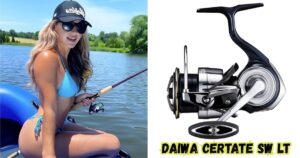
- 17 Emerging Trends In Saltwater Kayak Fishing
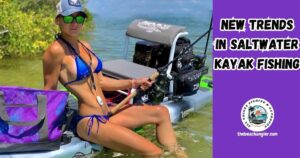
- The Foreverlast Tackle Harness
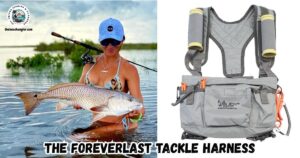
- Tips For Fishing In Different Weather Conditions
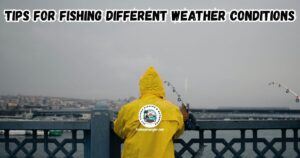
- 5 Revolutionary Features of the Minn Kota Riptide Instinct Quest Series Trolling Motor

- 5 Features The Z-Man HerculeZ Swimbait
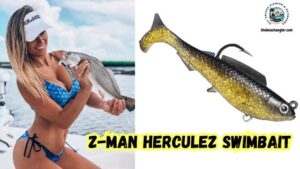
As always, stay safe, enjoy the journey, and please try to leave it cleaner than you found it. If you have any comments, questions, ideas, or suggestions, please leave them in the comment section below, and I’ll get back to you ASAP. You can follow us on Facebook: Rex The Beach Angler, Instagram: thebeachangler7, Twitter: @AnglerBeach, and YouTube: Man Art Creations.
P.S. Thanks so much for checking out our blog; we really appreciate it. Just so you know, we may receive a commission if you click on some of the links that appear on our site. This helps us keep our content free and up-to-date for everyone. We appreciate your support!
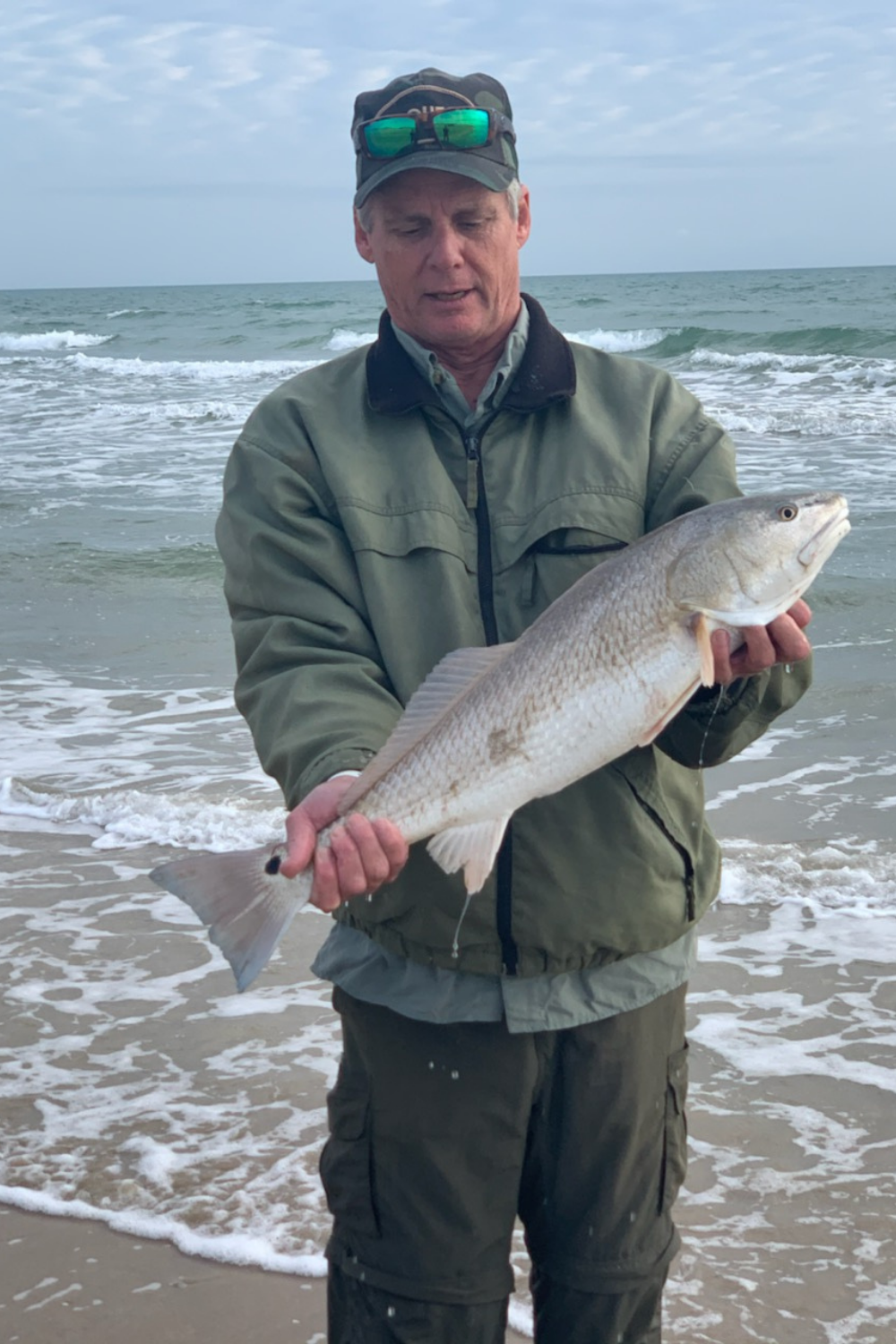
A life long surf fisherman with 50+ years of experience, I am also an avid hunter and outdoorsman. I will be sharing my passion for the outdoors with you so be prepared for hunting, fishing, camping, hiking and more. Along with gear reviews and the latest trends and innovations in the outdoor industry.
